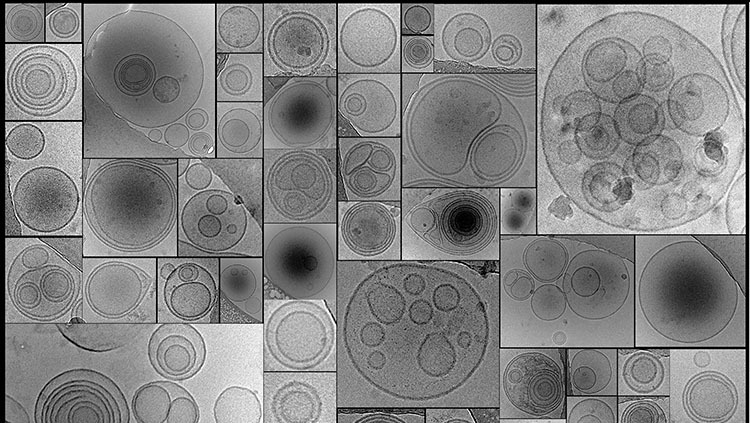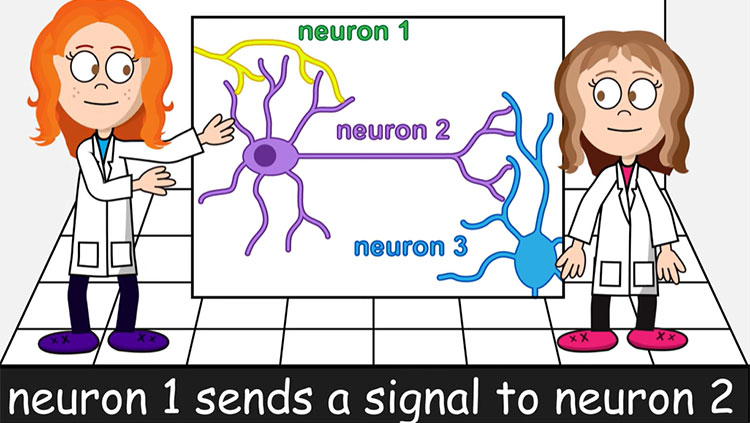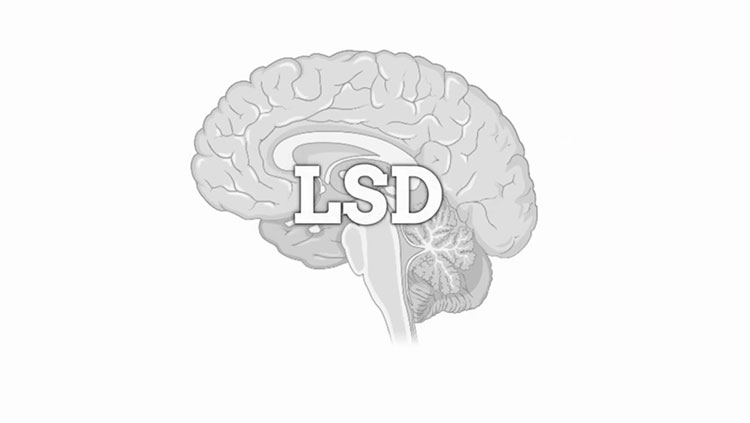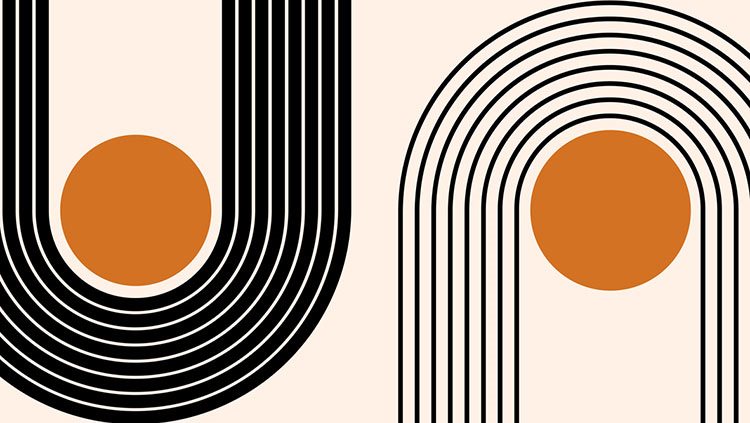Exploring the Pyramids
- Published13 Aug 2018
- Reviewed13 Aug 2018
- Author Charlie Wood
- Source BrainFacts/SfN
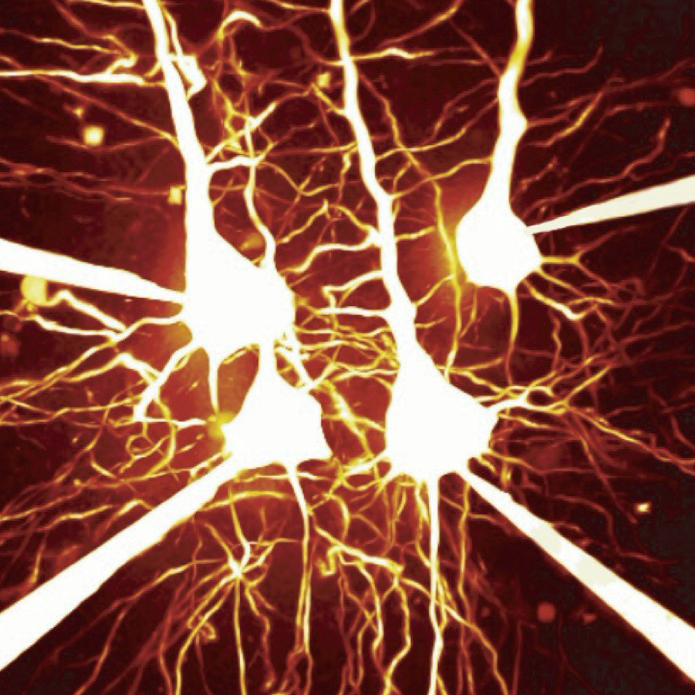
These brilliant blobs are some of the brain’s main messengers. Known as pyramidal cells for their distinctive shape, they take in messages and pass them along to their neighbors via an electric pulse. To do this, they must be extremely well connected.
Pyramidal cells make up the majority of the cerebral cortex, where their sprawling branches weave together all five of its layers. This area is the crinkled outer layer of the brain that handles memory, consciousness, language, sight, and much of what makes you, you. Pyramidal cells also show up in primates and other animals, but only in humans do they feature so many receptors for messages.
CONTENT PROVIDED BY
BrainFacts/SfN
References
Shai AS, Anastassiou CA, Larkum ME, Koch C (2015) Physiology of Layer 5 Pyramidal Neurons in Mouse Primary Visual Cortex: Coincidence Detection through Bursting. PLoS Computational Biology 13, March 2015 11(3): e1004090. https://doi.org/10.1371/journal.pcbi.1004090
Elston, GN. Cortex, Cognition and the Cell: New Insights into the Pyramidal Neuron and Prefrontal Function, Cerebral Cortex, Volume 13, Issue 11, 1 November 2003, Pages 1124–1138, https://doi.org/10.1093/cercor/bhg093
Also In Cells & Circuits
Trending
Popular articles on BrainFacts.org




